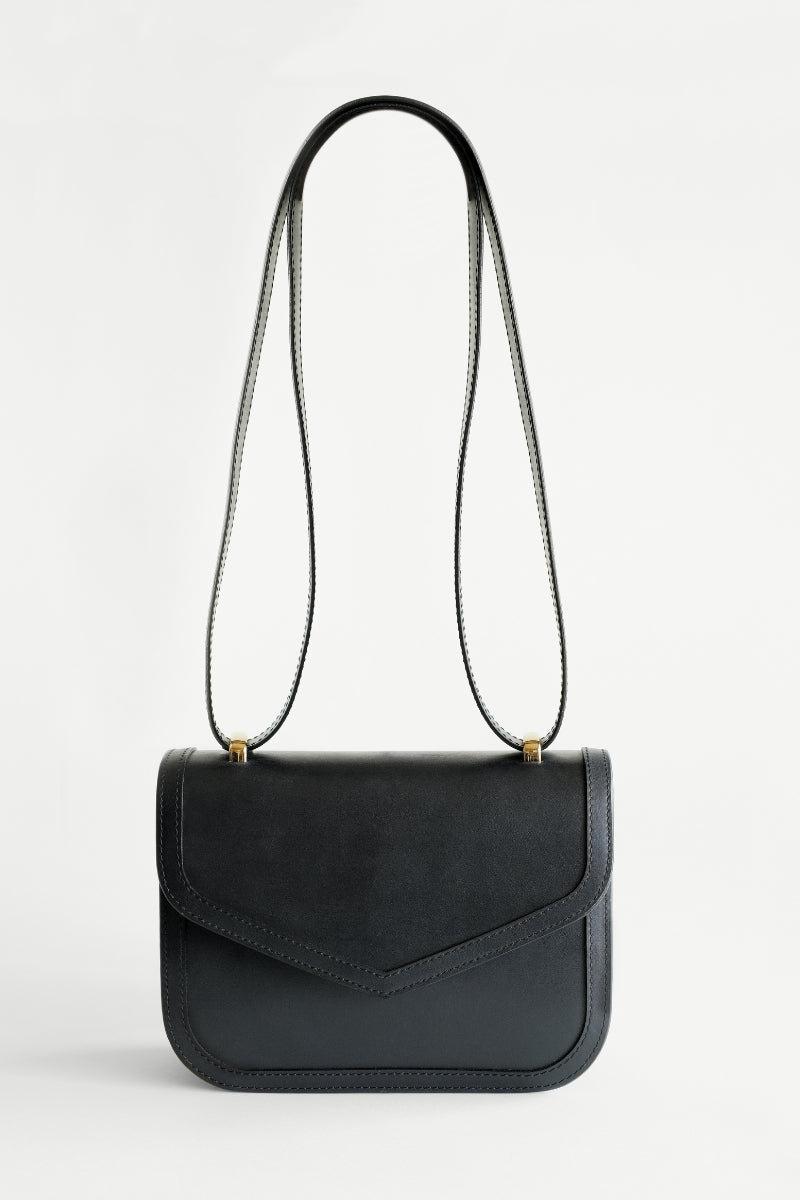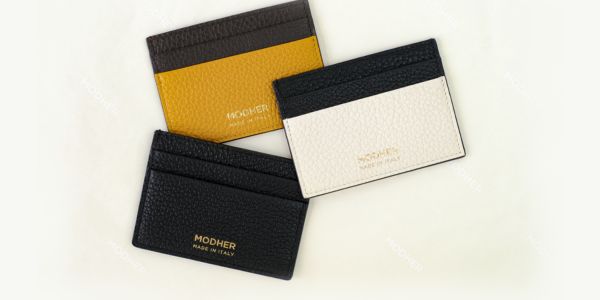Plastic in Fashion Is the Fossil-Fuel Issue We Should All Be Talking About
The fashion industry has a huge plastic problem.
It’s nearly impossible to be a consumer today without being aware of the harmful presence of plastics that exists throughout myriad industries. We hear about plastic bottles tumbling through the waves of Earth’s oceans, plastic shopping bags carried along in the breeze of every large and small town, and plastic straws from millions of iced beverages choking our landfills. In these instances, plastic is visible and tactile. It’s obvious.
But much of the Earth’s plastic nightmare can be traced back to sources that are less obvious to the average consumer — and less covered in the media. Plastics are often present, for example, in the lining of metal cans, in personal-care products, in wrapping paper, in chewing gum, and in the fibers of many of our fashion products.
Synthetic fibers in clothing and accessories are responsible for 1.35% of the world’s oil consumption — a staggering 1.29 billion barrels of oil each year. This massive environmental load has managed to fly under the radar for many consumers. Here’s what we think you should know about plastics in fashion, and how you can make small changes to impact the future of the industry.

How It Starts: Synthetic Fibers
When we talk about “fast fashion,” we’re referring to clothing and accessories that are created quickly and cheaply, generally to the detriment of workers and the environment. In order to create products that are so inexpensive, the industry relies upon cheap labor and materials. Cheap materials in the fashion industry often incorporate plastic.
Polyester — the plastic-based and inexpensive darling of fast-fashion brands — has become enormously popular within the past 50 years, with its use increasing ninefold over that period of time. Today, synthetic fibers like polyester account for 69% of all fibers used in textiles, and researchers expect that number to grow substantially in the coming years.
Synthetic fibers are very inexpensive compared to natural fibers like cotton, so their use in fast fashion is no surprise. However, synthetic fibers’ environmental cost is extremely high. The plastic used to create synthetic fibers like polyester is derived from fossil fuels. Innovators throughout the world are pushing creative solutions for consumers to rely less on fossil fuels to power their homes and vehicles, which is a big concern for the fossil-fuel industry. The industry’s saving grace? Plastic.
Big players in oil and gas like BP are banking on increased production of plastics in the future, and if their hopes become a reality, all of the inhabitants of our planet will suffer the consequences. In 2015 alone, polyester production for textiles created more than 700 million tonnes of carbon dioxide emissions.

How It Ends: Landfills and Microfibers
Synthetic fibers aren’t just cheap in terms of cost, they’re also cheap in terms of durability. Textiles created from plastic-based materials often don’t stand the test of time, which explains why consumers are both purchasing and throwing away more fashion items than ever before. Recycling has thus far proven ineffective at addressing the scale of this challenge.
So where do our fashion items go when they die? Generally, they’ll go to a landfill or they’ll be burned. When burned, plastic-based fibers emit harmful, toxic chemicals into the air. When dumped in a landfill, they break down into tiny fragments of plastic that end up … pretty much everywhere. Microfibers are in our soils and waterways, and they’re increasingly being found in terrifying places, such as the placentas of unborn babies.
Even washing synthetic textiles releases micro plastics into the environment, making them a danger at every single stage of their life cycles.

Image source: Greenpeace. Studio shoot of microplastics from water samples taken by manta trawl (mesh size: 300µm ) in different German rivers onboard the Beluga II (period: April—June 2016 © Fred Dott / Greenpeace
Where Do We Go From Here?
Fossil-fuel use and pollution in the fashion industry is an overwhelming issue, made more challenging by the onslaught of misinformation coming from many key players throughout: gas and oil companies, politicians, and fashion brands. We believe knowledge is power! We recommend checking out this report from Changing Markets Foundation, which does an excellent job of outlining the details of this issue.
As you learn, you’ll become familiar with some of the biggest bad actors in fashion. Some of our greatest power as individuals comes from our buying behavior. Consider how you can shift your money away from brands that aren’t aligned with your values. As you do so, remind yourself that fashion items made from real, natural materials come at a higher cost because they’re better. Buying fewer pieces will allow you to spend a bit more while cherishing those pieces and keeping them longer.

Huge manufacturers and legislators have made ethical consumerism incredibly challenging. Taking steps in your life to withdraw from environmentally harmful activities while supporting the folks who are working toward a better future are important steps in the right direction.
MODHER has put enormous effort into avoiding plastics and harmful emissions throughout the production and life cycles of our products. We invite you to learn more about our materials, and our innovative plastic-free vegan handbag.

Image source: www.surfrider.org







